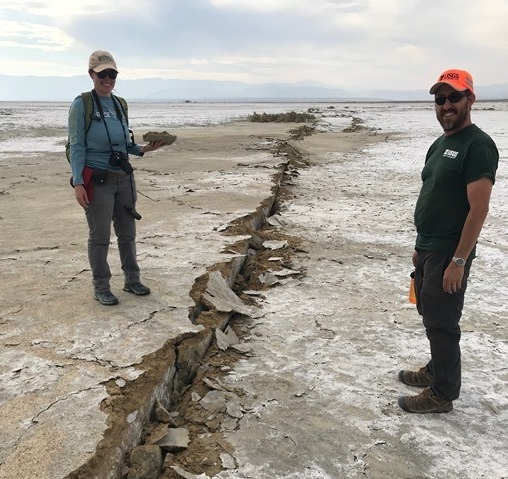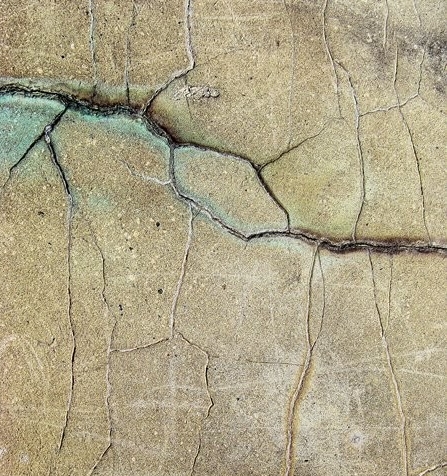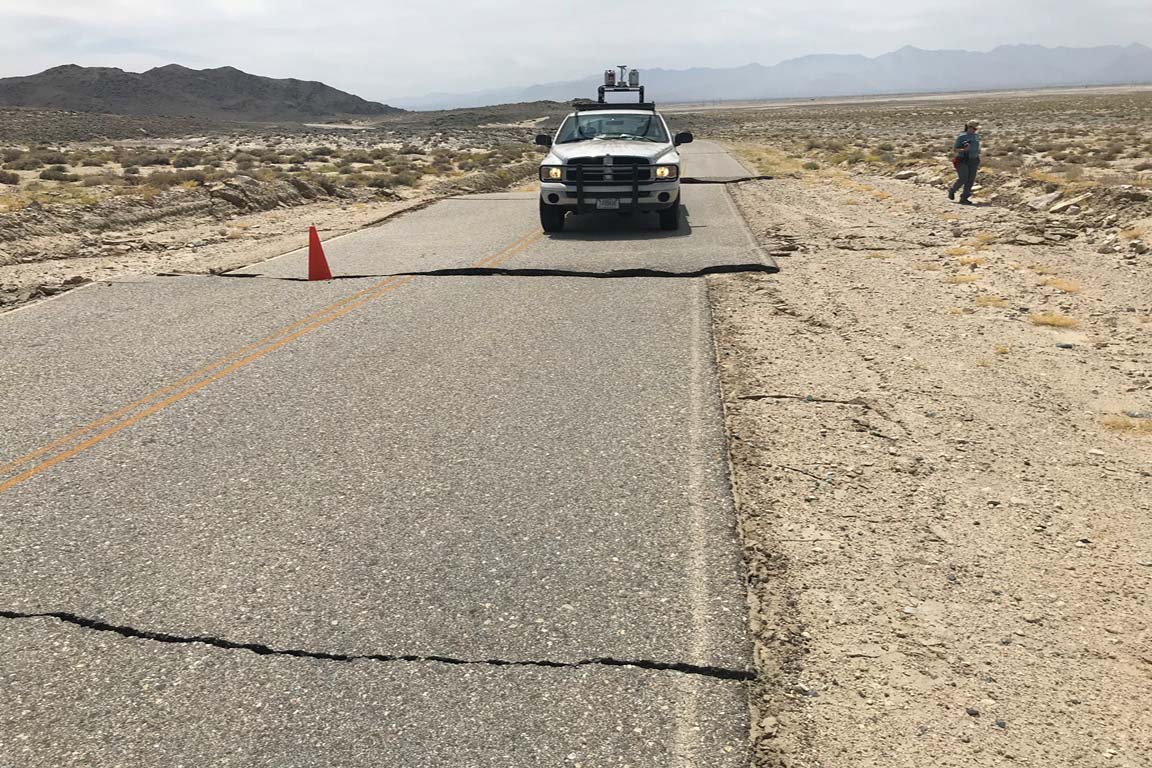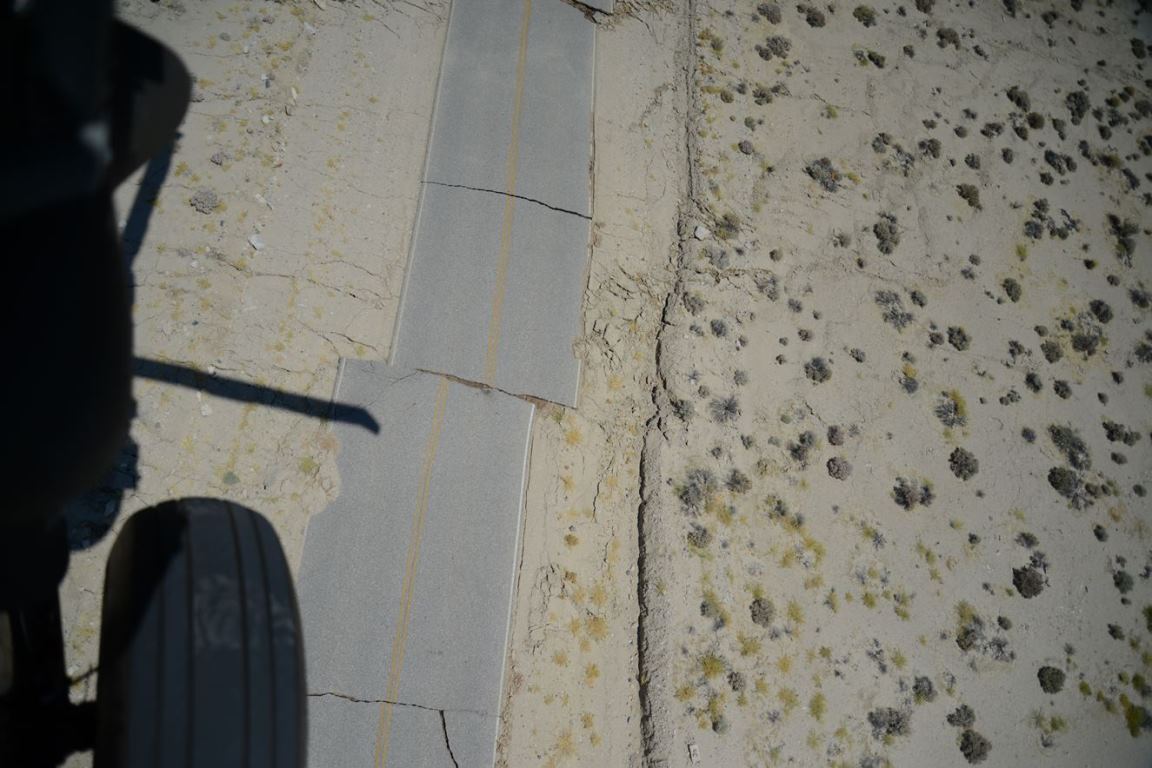Scientists in New Mexico are working on technology they hope will one day predict earthquakes before they happen, potentially saving thousands of lives.
The Boxing Day tsunami of 2004 will surely go down in history as one of the most terrible tragedies of this century. An estimated 228,000 people across 14 countries bordering the Indian Ocean perished when an undersea earthquake triggered a series of huge tsunamis. As with all major earthquakes, the death toll was exacerbated because the victims had little or no warning.
Geoscientists at Los Alamos National Laboratory in the US state of New Mexico are hoping that, God forbid, should another earthquake occur on this scale, they will be able to warn anyone in the strike zone early enough that they can take evasive action. They have developed technology which uses machine learning to track the acoustic signals emitted by a controlled fault in a laboratory, allowing them to predict the time remaining before their artificial earthquake strikes.
Once a secret military base (this is where the atomic bomb was first developed), Los Alamos National Laboratory is now focused on promoting national security through science. Predicting the arrival of a massive earthquake certainly falls into that category.
“This is truly a revolution,” says Paul Johnson who is leading the project. “Machine learning allows us to solve problems that have been difficult for us since the beginning of science. In particular, studies of fault physics and earthquake forecasting have been something we haven't made much headway in over the last three or four decades.”
But now they are making headway. It’s all thanks to advances in the storage and processing of very large quantities of data – so-called big data. “We have faster computers than we've ever had,” says Johnson. “Also, we’ve seen real headway in neural networks – an artificial intelligence approach that allows the computer to learn from new data and update its own results to reflect the implications of new information. These are real game changers.”
But how does Johnson and his team simulate earthquakes in a laboratory? He compares it to pulling a brick with a spring across a rough surface, such as a carpet. At first, there’s enough resistance to hold the brick. The spring gets longer as you apply more force, and then eventually: bang! The brick lurches forward.
“That's the equivalent of a laboratory earthquake,” he says. “Our technology is able to predict when the fault will slip by measuring the quantitative information from the noise it’s making.”

Credit: Todd Josie
Machine-learning algorithms can predict failure times of laboratory earthquakes with remarkable accuracy. The acoustic emission signal reliably predicts failure far into the future. This is a surprise, Paul points out, because it was assumed that only big movements were relevant for predicting earthquakes. Small fluctuations were previously neglected.
“Surprise is maybe an understatement,” he explains. “But there are so many surprises here that nothing is a surprise anymore. It's really hard to know where this will go because it's moving so rapidly.”
The speed of discovery is causing tremors within the geoscientist community too. This area of science has been divided for many years over whether faults are deterministic. In other words, do they follow specific patterns that will lead to an earthquake? Or are they random in nature?




